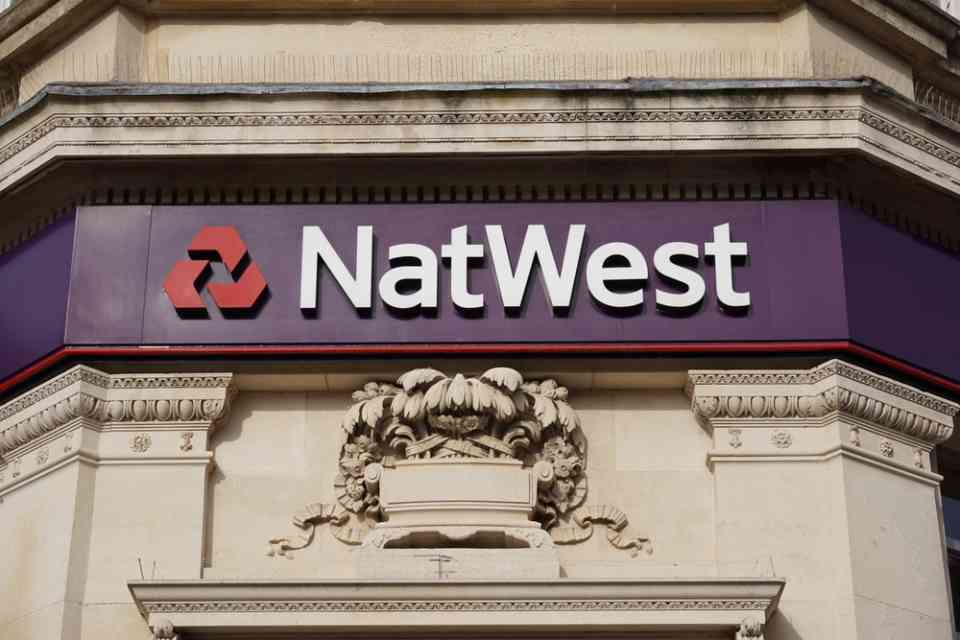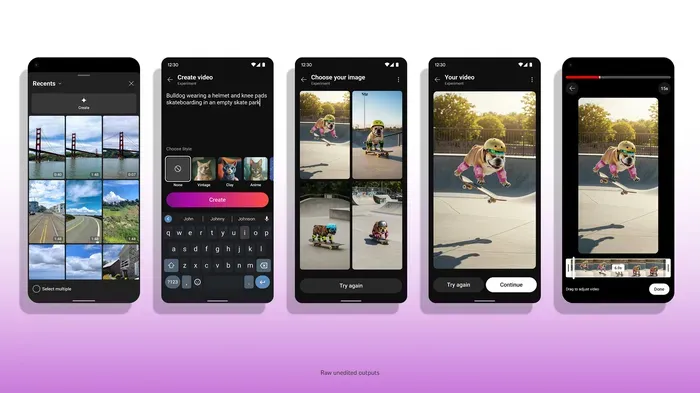Creating a great customer experience is a top priority for most brands because customers value the entire journey, not just the products or services they purchase. However, delivering on this promise is often more challenging than it sounds.
You need the right team, data, technology infrastructure and processes to support the initial journeys. Continuous improvement is also essential to ensure that customer journeys constantly get better based on real-world performance.
All of this adds up to the need for customer journey operations, which is the discipline of bringing together people, processes, data and platforms, along with systems of improvement and optimization. Within customer journey operations, three crucial aspects should be considered: collaboration, governance and continuous improvement.
In this first article of a three-part series, I’ll discuss the collaborative aspect of creating a great customer journey and how it requires four components to come together successfully: people, process, data and platforms.
People collaboration
Let’s start with some key teams that will manage and support customer journeys and how they need to collaborate. The people component of customer journey operations includes the internal teams that support end customers throughout their journey.
Product and service lines
This collaboration between people includes the teams or departments that may be focused on particular products or services. After all, customer journeys can often involve moving between different services or suggesting complimentary products to a customer who shows the propensity to benefit from them.
In many enterprises, those teams may be siloed and incentivized to ensure customers choose their products and services rather than sharing the wealth.
Customer journey operations breaks down these silos and enable customers to more easily be shown the products and services that are most relevant and valuable to them. Customers don’t have to receive marketing messages and communications from a single team simply because they started their experience by looking at a certain product page, for instance.
Marketing and communications channel teams
This includes channel teams focused on email, social media, digital display advertising, website landing pages or other critical channels to the buyer’s journey. While all these teams are focused on creating the highest-performing version of their channel’s communications, customer journey operations should tie all of them together to benefit the end customer.
Thus, customer journey operations must drive customers to the channel they prefer and quickly lead them to success — whether that is a conversion, getting the answers they need or another outcome altogether.
Data and engineering
Outside the marketing or CX teams, some key collaborators in customer journey operations involve data and engineering. After all, customer journey orchestration requires the best possible information and data from your customers to perform at its best.
This data, combined with a strong strategy from the marketing and CX teams, requires engineering teams to ensure the systems and platforms are connected to deliver an effective multichannel journey.
Depending on your organization, you might have more teams, including customer experience or customer service. While some of this may depend on how your organization is structured, you can see that a critical role of customer journey operations is fostering communication and collaboration between the people involved in successful orchestration.
Dig deeper: What is customer journey orchestration and how does it work?
Process collaboration
Next, let’s talk about the process of collaboration. What do you need to create and improve new and existing processes that enable great customer experiences throughout the buyer’s journey and beyond?
Journey creation process
It might go without saying, but the process of detailing customer journeys requires much collaboration. Doing it well means looking at:
- The customer’s mindset.
- The platforms they interact with.
- The communications they receive.
- The internal teams that support the steps along the journey.
The processes involve how content, offers and other aspects of an experience are served to the customers and what happens when a customer opts out of a journey or moves to a different one.
Internal teams must have behind-the-scenes processes for:
- Monitoring and adjusting the effectiveness of journeys.
- Creating new ones based on user behavior.
- Retiring components of journeys that are not performing as well as anticipated.
Content creation process
The process component of customer journey operations collaboration includes how content is created that supports the journeys. After all, there is communication and content at nearly every step of the journey. Even if individual channel teams ultimately create that content, part of the power of customer journey operations is to make the communications more consistent, driving toward the same goal.
This often means that existing content from channel-specific campaigns and efforts is adjusted and combined into an overarching story orchestrated from start to finish. Different channels (e.g., email, social media, website, etc.) are required to adjust existing content and, in some cases, create brand-new content to support a journey.
Federation of efforts
Customer journey operations provides a centralized source of strategy and coordination. But for it to work well, there needs to be a federated approach to some extent since much of the work is done by individual teams.
This means that a customer journey operations team:
- Guides the efforts.
- Provides governance over what journeys are created.
- Monitors them at a global level to understand areas for improvement.
A federated set of teams can also make improvements and adjustments in specific areas to improve their parts of the journey.
For instance, let’s say an email that is part of the journey is performing poorly. The email marketing team will make adjustments and test their portion of the journey — in coordination with the customer journey operations team — to ensure that portion is performing as strongly as possible.
This federation enables subject matter experts to optimize their channels without too much friction while having the customer journey operations team’s oversight to ensure that small changes don’t have big repercussions on the overall journey.
Data collaboration
Personalized customer journeys are impossible without the right data, and they don’t work well without good data.
Orchestration relies on knowing what a customer has done to predict what they are most likely to do or have the propensity to do given the right motivation through offers, timing or other triggers. This is why collaboration around data is so critical to the success of customer journey operations.
Below are some areas where collaboration is a must in terms of the data needed for orchestration.
Siloed channel and product data
Most organizations looking to use customer journey orchestration have siloed channels. Some might even have unique product and service lines that are not connected.
Journey orchestration and related concepts (i.e., determining the next best action for the customer) require that the enterprise understands the behaviors and actions a customer takes on multiple channels and their buying behavior across the product or service portfolio.
Thus, all this information must be part of the collaborative efforts of customer journey operations. This doesn’t mean that a single team owns all of the data per se but that the relevant parts are available to customer journey operations to connect the dots in the behavioral and conversion data these areas offer.
Citizen data scientists
It is important to remember that data is not solely in the hands of the data science teams anymore. While those teams are still incredibly important, your team’s non-technical, non-data science members likely now have more access to data than ever before.
These “citizen data scientists” are subject matter experts in their product, service, channel or other areas. They can use their knowledge, combined with no-code data platforms, to collaborate with other team members (i.e., data scientists and fellow citizen data scientists) to better understand the data implications of customer journey orchestration.
Multi-touch attribution
Customer journey operations should be able to understand and make sense of what has happened so that the journey can be continually optimized. Knowing the first thing a customer sees or even the last thing they see is not enough.
Instead, multi-touch attribution (MTA) enables customer journey operations teams to better understand each touchpoint’s contributions toward the end goal or conversion. While doing MTA well can be challenging, it is vital for customer journey operations teams to build into their planning to get a more accurate picture of their customers.
Platform collaboration
These include platforms enabling the types of collaboration and personalized experiences we seek to create and optimize.
Orchestration and automation platforms
If you are collaborating as part of customer journey operations, it most definitely means you are utilizing a customer journey orchestration platform. While there may be a single orchestration platform (though this is not necessarily a given, especially in a large enterprise), this doesn’t mean there isn’t a need for a lot of collaboration.
We’ve talked about some of the related aspects here already, but keep in mind that the very purpose of an orchestration platform is to integrate with individual channels to create that seamless experience that customers want. Thus, your customer journey orchestration platform is, by its nature, a collaborative platform. Customer journey operations play a key role here, as this centralized tool still requires a lot of collaboration across teams, data and other channel platforms.
Individual channel platforms
As we just covered, customer journey orchestration platforms need channels and communications to orchestrate. This is where individual channels come into play.
Similar to what we discussed about collaboration between individual channel teams, the platforms that the channel teams use need to be coordinated and require feature and data integration so that they can be orchestrated.
Analytics and reporting platforms
We have platforms that allow the customer journey operations team to collaborate and view the success and areas needing improvement. The operations team will likely need to work closely with the individual teams and understand how the different touchpoints add up to contribute to a conversion.
This is where measurements like customer lifetime value (CLV) can be very important. Doing that well requires the ability to attribute metrics to all key points along the customer journey.
Just as teams and data have their requirements for collaboration, the platforms used across the customer experience require the customer journey operations team to foster and enable collaboration to get the best results.
Putting it all together
Customer journey orchestration can be incredibly complex to initiate, implement and do well. Several dimensions of collaboration must come together to make it truly successful. Collaboration is just one aspect of customer journey operations.
In the next article in this series, we’ll discuss another important aspect of customer journey operations: governance.
Get MarTech! Daily. Free. In your inbox.
Opinions expressed in this article are those of the guest author and not necessarily MarTech. Staff authors are listed here.























































![Assessing the Winners of the Super Bowl Ad Blitz [Infographic] Assessing the Winners of the Super Bowl Ad Blitz [Infographic]](https://imgproxy.divecdn.com/kzzGkWf5O2q5NPX8no-8ErGd5bFiXZjPZlEp8PIZVsw/g:ce/rs:fit:770:435/Z3M6Ly9kaXZlc2l0ZS1zdG9yYWdlL2RpdmVpbWFnZS9zZW1ydXNoX3N1cGVyX2Jvd2xfMjAyNTIucG5n.webp)















